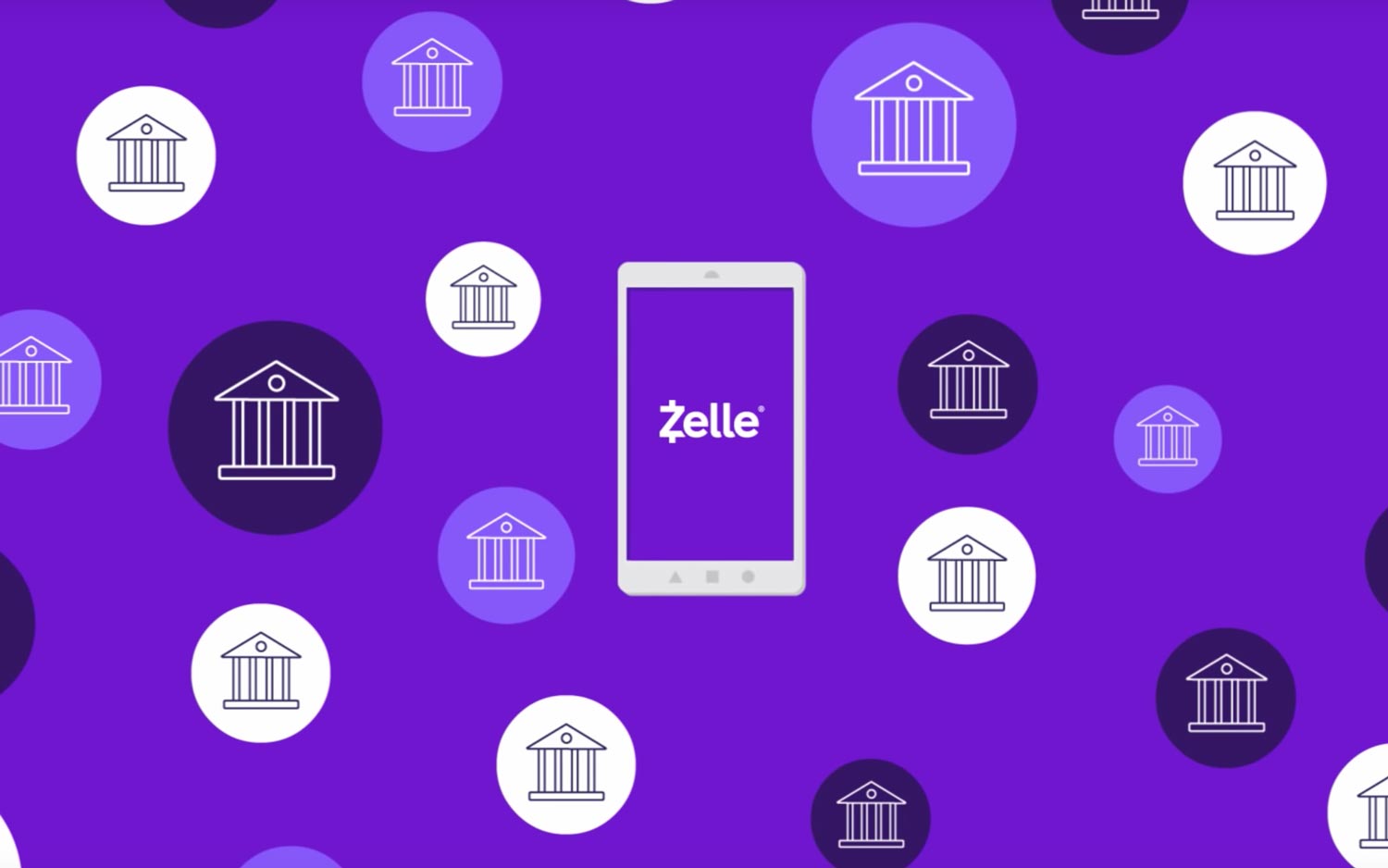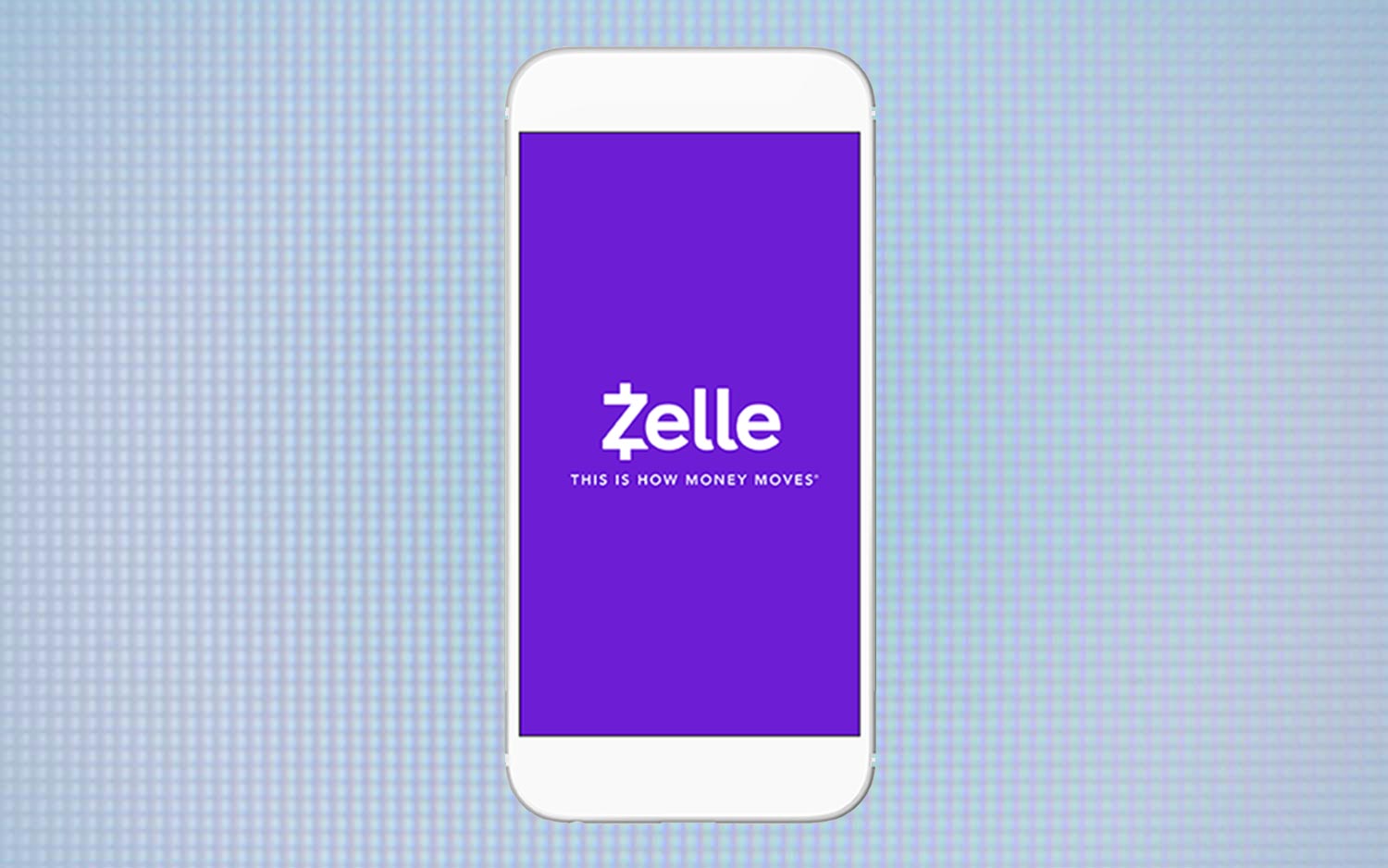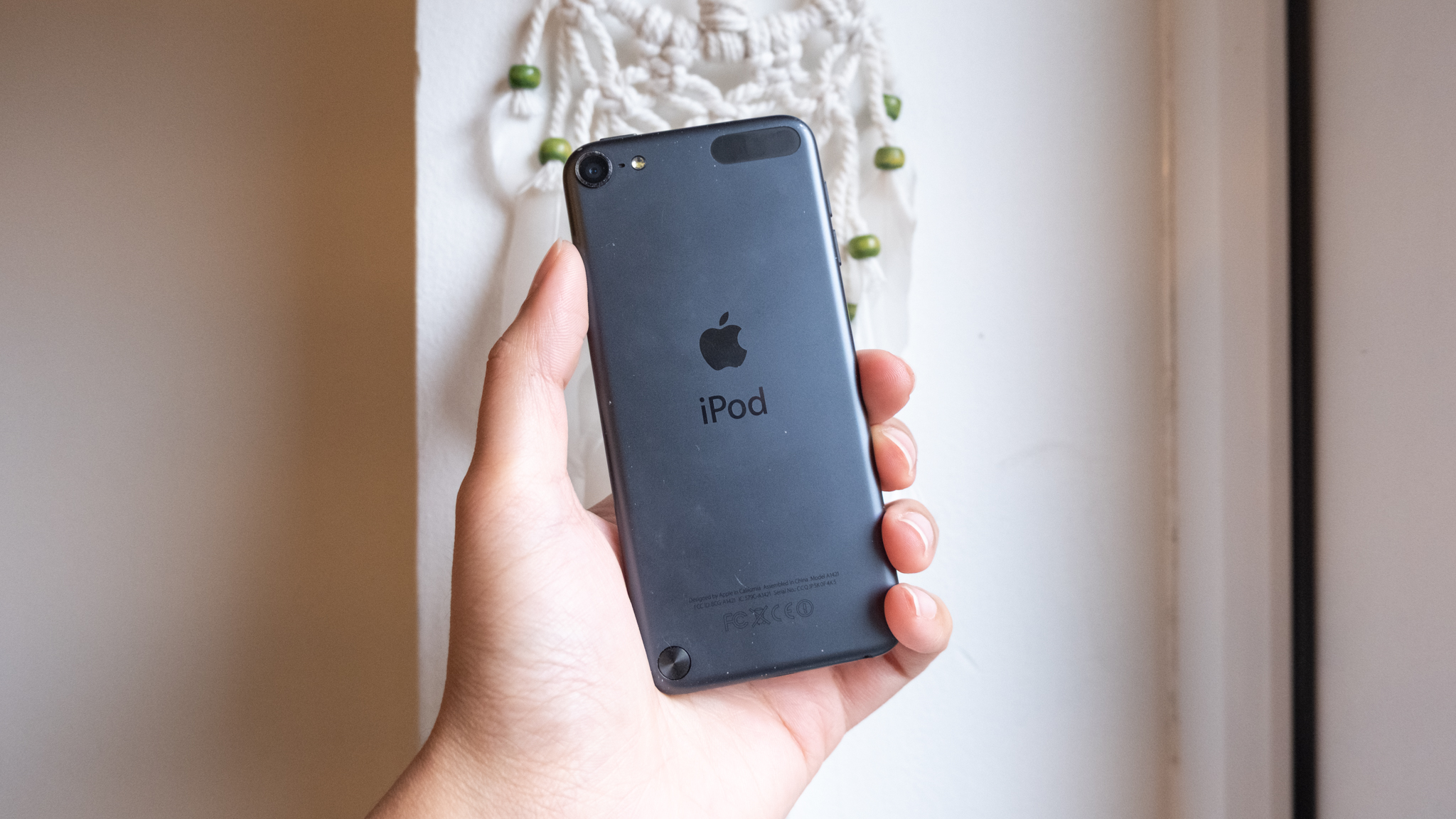How to Use Zelle
Zelle is a money-transfer service that's tied directly to your bank account, making it both convenient and potentially risky.
With services like Zelle, the days of cash could be numbered.
Zelle is a money-transfer service that's tied directly to your bank account and mobile phone number. You can use Zelle as a stand-alone app, but it's also a protocol built into just about every major banking app in the United States. (It doesn't work internationally — at least, not yet.)

From Bank of America, to Capital One, to M&T, to Navy Federal Credit Union, to SunTrust, to Wells Fargo and beyond, Zelle makes money transfers trivial — which can be both a good and bad thing.
If you're tired of entrusting third-party apps with your financial information and dealing with cumbersome transaction fees, Zelle is an excellent way to send and receive money directly from an account you already own. There are a few potential pitfalls, of course, so read on to learn how to set up the service, how to use it and how to keep your financial information safe in case things go sideways.
How to enroll in Zelle
The hardest part about using Zelle is, unfortunately, getting your account up and running in the first place. First off, you should check whether your bank supports Zelle. If so, you'll have to enable it through your bank's mobile app.
Unfortunately, it's impossible to give a thorough walk-through here, since every banking app is slightly different. Generally speaking, though, you'll want to open your app, log in (you do have two-factor authentication, or 2FA, enabled, don't you?) and find the section of the app that lets you send money to other people directly. (It might also be under "transfers.") This is usually separate from the section that lets you pay bills, so the process may require a little digging. If all else fails, you can always Google "[your bank's name] Zelle setup" and see what comes up.
Remember: Both your bank and Zelle want you to sign up, so finding out how to start the process shouldn't take too long. Some banks also let you sign up through Zelle on a computer, so you don't have to use a smartphone if you prefer to do things on a bigger screen.
Get instant access to breaking news, the hottest reviews, great deals and helpful tips.
I opened my bank's mobile app and went to the Send Money section. There was an option to sign up for a Zelle account, which I tapped on. From there, I had to confirm my email address and phone number, then review Zelle's terms of service. Zelle sent me a verification code, which I used to verify my contact information. Then, I tapped on my checking account to link it with Zelle, and that was that. The process took about 10 minutes.
MORE: Mobile Banking: 8 Tips to Protect Yourself
Bear in mind that if your bank does not support Zelle, you can still try to sign up for it, although success is not guaranteed. You can download the Zelle app and then enter your Visa or Mastercard debit card information. If it's a modern card from a big bank, it will probably work; if not, you'll have to break out your checkbook the next time you want to send someone money. (If your bank doesn't support Zelle and doesn't give you free checks, it is high time to switch banks.)
Sending and receiving money with Zelle
Signing up for Zelle is the hard part; once you have it up and running, using it is simple. To send someone money, just go to the "send money" section of your bank's app or website. (If you are using the Zelle app rather than a banking app, you can go to the Send screen.) Then, enter the recipient's phone number or email address, and type out how much money you want to send. If the recipient has a Zelle account set up, the transfer will go through automatically. Neither one of you needs to do anything else.

But there are a few caveats. First and foremost, once you send money on Zelle, there is no way to stop the transfer. As such, Zelle recommends that you send money only to trusted contacts. (Also, make sure the person actually wants the money you're offering, as I learned the hard way when trying to settle up dinner expenses with my family.)
Second, if the person on the receiving end doesn't have Zelle, he or she will have to set up an account. Otherwise, the payment returns to the sender's account after 14 days. A first-time Zelle recipient will get a prompt to set up an account, but if he or she doesn't want to, that money will be in limbo for two weeks, and neither one of you can do anything about it. Either way, there are no extra fees on the user end; Zelle makes its money by charging banks for its services.
Finally, if your bank doesn't support Zelle, and you've signed up via the Zelle app, you can send only $500 per week. However, there doesn't seem to be a limit on the amount of money you can receive. Individual banks may also limit Zelle transactions, but I've personally sent multiple thousands of dollars within a day and never received any flak about those transfers.
Is Zelle dangerous?
If you've been around the online security block a few times, you're probably aware that Zelle had a rather infamous rash of fraud last year. It's not clear exactly how, but scammers were flocking to the then-new service in droves to trick users out of their hard-earned money.
The important thing to remember about the fraud, though, is that Zelle is a middleman. While the service may have made the fraudulent payments easier, the cybercriminals did not attack the service directly. They used social engineering (calling people and pretending to represent banks) or outright account infiltration (possibly with old passwords) to steal money. Zelle's major problem was that it did not offer fraud protection, and banks could not recover the stolen money accordingly.
MORE: 13 Essential Online-Banking Security Tips
This is an important issue to keep in mind, and Zelle's response has been difficult to measure. The company issued a statement about customer safety and promised to beef up its security options, but it's hard to see whether the company has taken any concrete steps. At the very least, though, the service does seem much less vulnerable to fraud now than it did a year ago.
Ultimately, keeping a Zelle-enabled account safe requires the same steps as keeping your online bank account safe: Don't reuse old passwords, take advantage of 2FA, monitor your transactions each month and never send someone claiming to be your bank money without calling an official phone number to verify it first. That way, you can split small expenses with both convenience and peace of mind.
Credit: Zelle

Marshall Honorof was a senior editor for Tom's Guide, overseeing the site's coverage of gaming hardware and software. He comes from a science writing background, having studied paleomammalogy, biological anthropology, and the history of science and technology. After hours, you can find him practicing taekwondo or doing deep dives on classic sci-fi.
